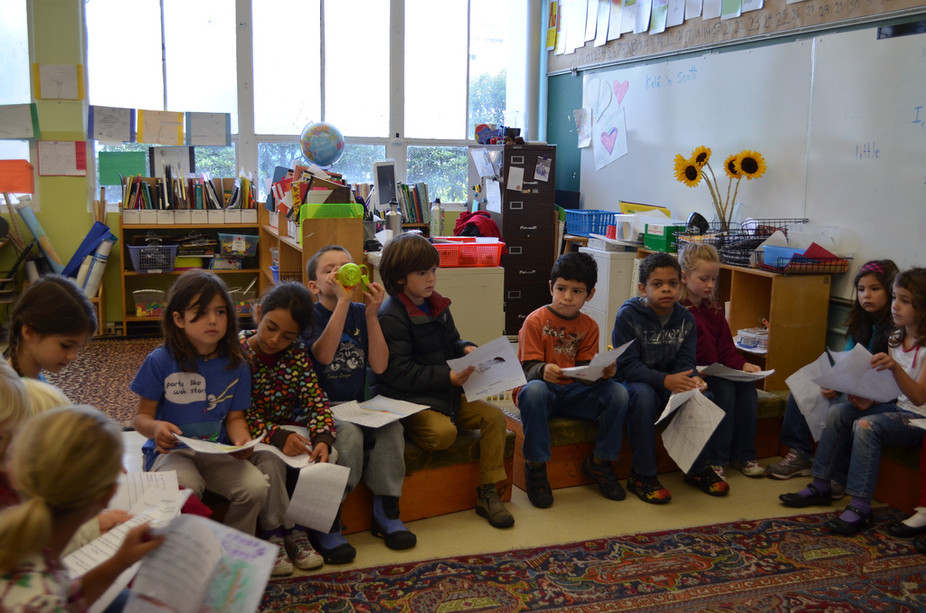Are you looking for ways to encourage students to exhibit acceptable behavior in large groups? If so, keep reading.
1. Give the student alternative ways to perform a group task and let them select the most desirable (e.g., a written paragraph task may be accomplished by writing a note to a friend, writing about a recent experience, describing a favorite pastime, etc.).
2. Let the student take part in the large cooperative learning experience they prefer. As the student experiences success, require them to take part in larger group learning activities.
3. Get the student to participate in at least one large cooperative learning experience per day. As the student shows success, slowly require the student to take part in larger group learning activities.
4. Plan large group learning activities when the student is most likely to be successful (e.g., before recess rather than immediately after recess, after the first individual task of the day has been finished to create productive behavior, etc.).
5. Plan alternative individual learning activities if the student is unlikely to be successful (e.g., if the schedule has been changed; if holidays or special activities have stimulated the student, making successful group interactions unlikely; etc.).
6. Let the student join the group after the learning experience has begun if they are unable to 6 properly at the beginning of the learning experience.
7. Place the student’s desk or work so that they work near other students but are not visually distracted by them (e.g., turn the student’s desk away from other students).
8. Let the student leave a cooperative learning experience and return to independent work when they can no longer be successful in the cooperative learning experience (e.g., as an alternative to disrupting the group, fighting, etc.).
9. Coordinate the student’s seating so that you can interact with them regularly (e.g., near the front of the room, on the perimeter of the group, etc.).
10. Select a peer to sit/work next to the student to assist.
11. Get the student to keep a list of classroom rules at their desk (e.g., attached to the surface of the desk, inside the desk, etc.).
12. Utilize a “time-out” area to let the student gain self-control if problem behaviors happen during a large academic cooperative learning experience.
13. Give a carrel or other quiet study area for the student to use if they cannot be successful at their seat.
14. Utilize removal from the group as a natural consequence for unacceptable behavior.
15. Show academic tasks in the most attractive and exciting manner possible.
16. Integrate the student into a large academic cooperative learning experience only after they have had success with one other student, a small group, etc.
17. Integrate the student into a large academic cooperative learning experience slowly (e.g., short periods with the group lead to longer periods).
18. Give the student the chance to work with a peer tutor, volunteer, etc., for enrichment or support of content presented in the large academic cooperative learning experience.
19. Give structure so that the large academic cooperative learning experience does not become overstimulating for the student.
20. Publicly praise the student for appropriate behavior and privately redirect unacceptable behavior.
21. Consider using a classroom management app. Click here to view a list of apps that we recommend.
22. Consider using an adaptive behavior management app. Click here to view a list of apps that we recommend.
23. Consider using Alexa to help the student learn to behave appropriately. Click here to read an article that we wrote on the subject.
24. Click here to learn about six bonus strategies for challenging problem behaviors and mastering classroom management.





